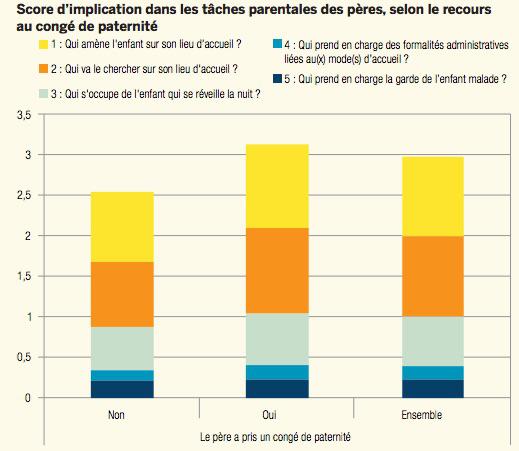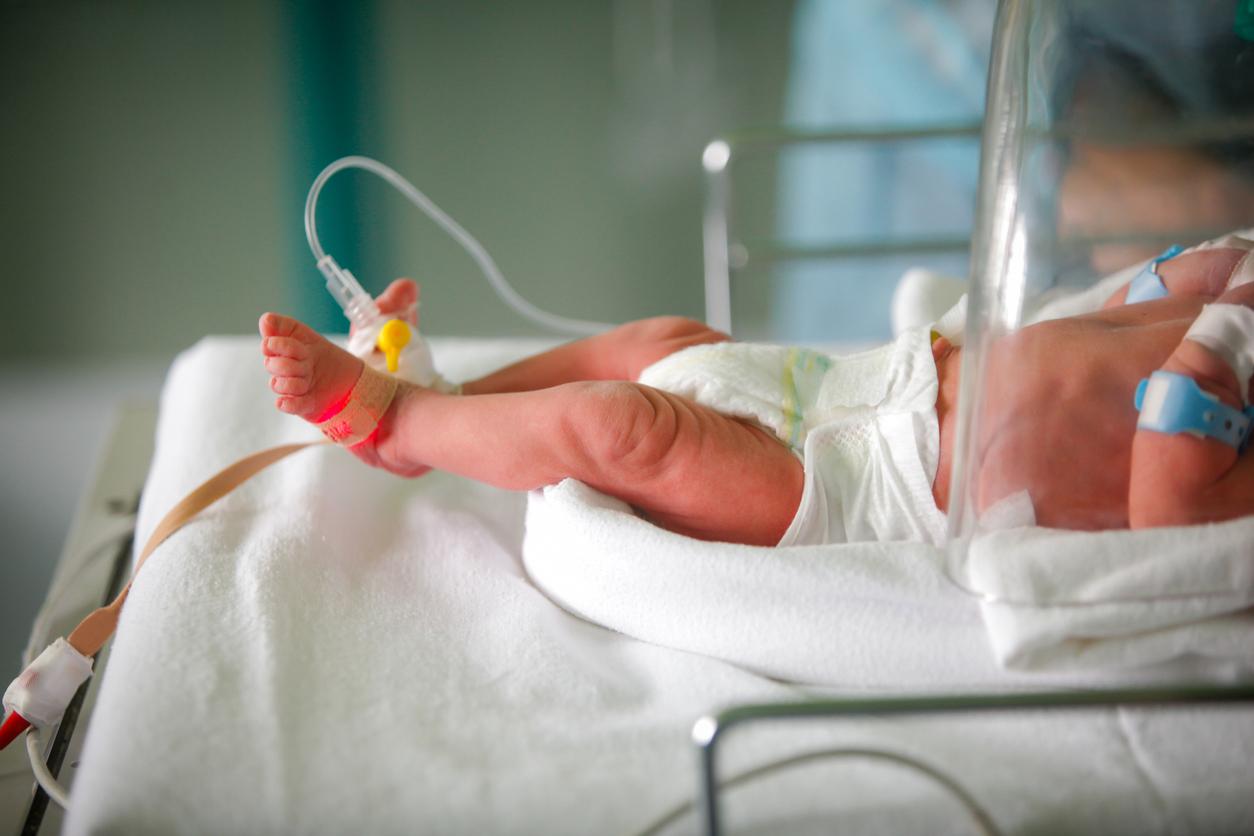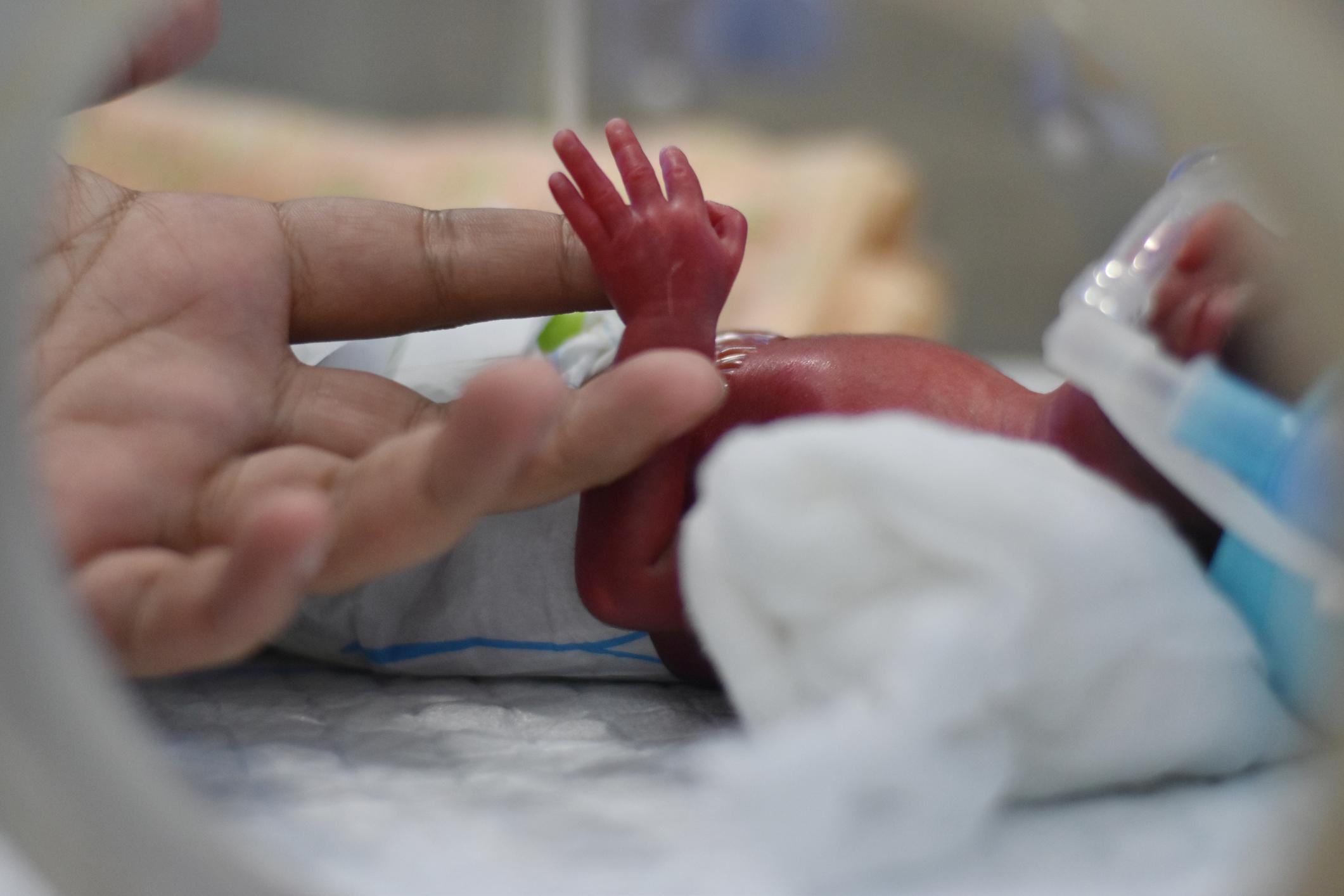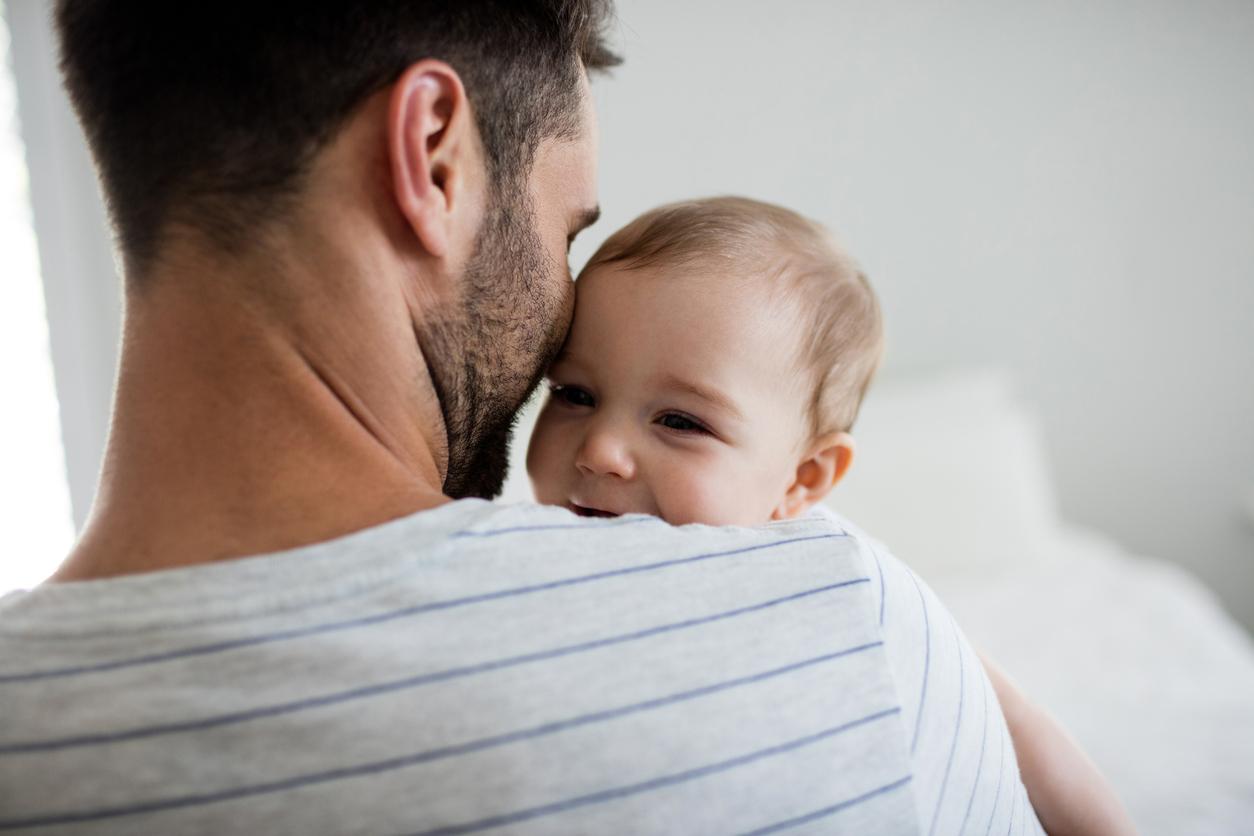Nearly seven in ten fathers take their paternity leave, according to a report by the Drees which scans the profile of these working fathers.

The modern father takes time off to care for his newborn baby. This is the lesson learned from latest investigation of the Drees (Directorate of research, studies and evaluation and statistics) on the “Types of care and reception of young children” of 2013, which focuses in particular on the use of paternity leave, fourteen years after its introduction (1er January 2002).
450,000 fathers on leave
According to the survey, nearly seven out of ten fathers eligible for the scheme, with at least one child under the age of 3, have taken their paternity leave. Most benefited from the full number of days granted, either 11 days or 18 in the case of multiple births. In 2012, this represents some 450,000 fathers on leave, for 777,000 children born that year.
Half of the fathers took their leave in the week following the birth of their child, which coincides “very often” with that of the mother, specifies the Drees, which examines the profile of these working fathers of families.
Young people on permanent contracts
Thus, the age and the number of children seem to constitute significant factors. “If nearly three out of four fathers take paternity leave for a first child, only two-thirds have taken it from the third child,” note the rapporteurs. After 35 years, fathers use this leave less often. Only six in ten people in their forties took it at the birth of their youngest child. The recourse is more frequent when the mother works (76%), less when the mother is at home (59%).
The recourse rate varies greatly depending on the professional status of the father. For example, in 2012, only 13% of unemployed fathers exercised their right to leave, against nearly three quarters of working fathers. “The former may not always feel the need for paternity leave to be present with their child, due to greater availability,” says Drees.
In addition, men employed on permanent contracts (permanent contracts) are more likely to take their paternity leave for the birth of their last child (nine out of ten fathers in the public sector, eight out of ten in the private sector). On the other hand, only half of the other employees and a third of the self-employed have made use of this right. Finally, among fathers employed on permanent contracts, recourse is rarer for those who occupy the least qualified positions.
Fathers who take their paternity leave also seem more involved in the management of parenting and day-to-day tasks. For example, among men who get up at night to take care of a child, three-quarters of them have taken paternity leave.

Source: Drees
.














